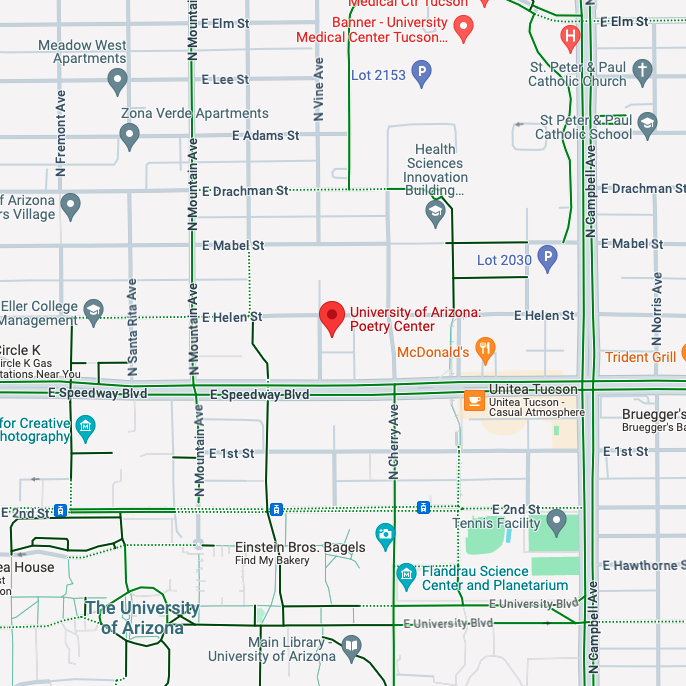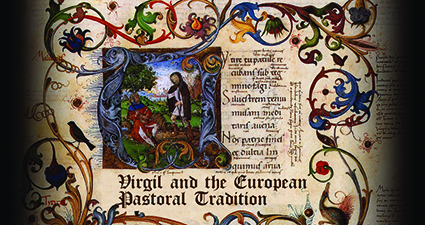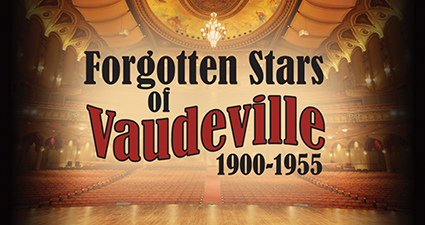This course examines modern histories of collective memories through the institutions and technologies that facilitate recall, such as museums, photography, and visual culture. We will consider moments of tension when history and memory appear to be at odds, when competing interests in the meanings of the past have created social conflict, or when silences about the past are broken. Case studies may include: the Enola Gay exhibit at the Smithsonian in 1995; appeals for apologies for past atrocities, such as slavery, human trafficking, or genocide; or lynching photographs in the “Without Sanctuary” exhibit of 2002. While the course emphasizes how societies come to terms with painful or shameful memories, we will also focus on the ways in which visual sources, particularly photographs, have shaped discourses of memory. By learning from scratch how to “read” historical photographs, we will interrogate the ways in which iconic images, snapshots, and “Kodak moments” have become integral to thinking about collective memory.






